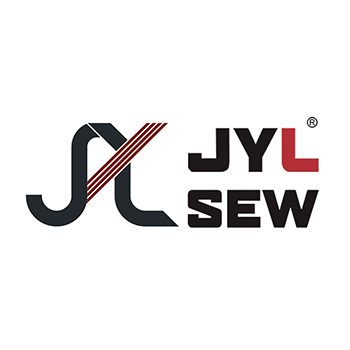An automatic sewing machine achieves automation through a combination of advanced technology, specialized mechanisms, and programmed controls. Its ability to perform sewing tasks automatically stems from the integration of several innovative features and components:
1. Motorized Operation:Automatic sewing machines are equipped with powerful motor systems that provide the necessary motion for stitching. These motors drive the needle, fabric feed, and other essential components, enabling the machine to perform sewing functions without manual intervention.2. Programmable Controls:Modern automatic sewing machines come with programmable controls that allow users to set various parameters such as stitch length, stitch type, and sewing speed. These controls enable the machine to execute specific sewing patterns and tasks automatically.3. Computerized Systems:Many automatic sewing machines feature computerized systems that store and execute sewing patterns digitally. Users can select pre-programmed designs or create custom patterns, which the machine follows precisely for automated stitching.4. Sensor Technology:Sensor technology is integrated into automatic sewing machines to detect fabric thickness, tension, and other variables. These sensors provide feedback to the machine's control system, allowing it to adjust settings automatically for optimal stitching quality.5. Automatic Thread Tensioning:Some automatic sewing machines have automatic thread tensioning mechanisms that
- Home
- About us
- Product
- Hat Sewing Machine
- Industrial Flat Sewing Machine
- Eyelet Sewing Machines
- Eyelet Punching Machine
- Hat Stitching Machine
- Curved Edge Sewing Machine
- Hat Brim Sewing Machine
- Automatic Sewing Machine
- Automatic Velcro Sewing Machine
- Semi-automatic Sewing Machine
- Adjustable Buckle Fixing Machine
- Elastic Cutting Sewing Machine
- Velcro Welding Machine
- Hot Air Seam Sealing Machine
- Ultrasonic Sewing Machine
- Ultrasonic Holes Punching Machine
- Button Wrapping Machines
- Double Needle Flat Sewing Machine
- Shoes Sewing Machine
- Electronic Bartack Machine
- Double Needle Sewing Machine
- Punching Sewing Machine
- Computer Pattern Sewing Machine
- Shoe Ribbon Sewing Machine(Thread)
- Herringbone Rotary Sewing Machine
- Heringbone Rotary Sewing Machine(Thread)
- Cyclic Displacement Pattern Sewing Machine
- Heelpieces Automatic Sewing Machine
- Jeans Sewing Machine
- Garments Sewing Machine
- Special Industrial Machine
- Hat Sewing Machine
- Case
- News
- Contact us



